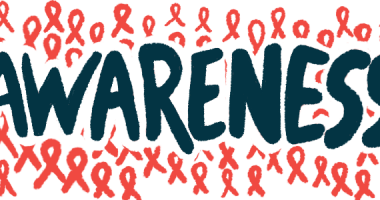Testosterone Injections May Help, But Require Monitoring Blood

Testosterone injections are well-tolerated and normalize blood levels of the hormone, but they may raise red blood cell levels excessively in adult men with Prader-Willi syndrome (PWS), according to a recent study.
The study, “Single-center real-life experience with testosterone treatment in adult men with Prader-Willi syndrome,” was published in the American Journal of Medical Genetics.
PWS is caused by a loss or defects in paternal genes on chromosome 15, controlling sleep, appetite, growth, social behavior, intellectual ability, and metabolism.
Many patients with PWS underproduce sex hormones and consequently require hormone therapy. However, testosterone therapy increases the risk of polycythemia — excess red blood cells — that can lead to blood clots. Behavioral issues also have been reported in people receiving testosterone treatment.
In this study, scientists in Australia investigated the effects of testosterone therapy on total testosterone levels, polycythemia rates and behavioral disturbances in adult men with PWS. The type of testosterone therapy they used — intramuscular injections, a skin gel, or oral medication — was recorded.
Participants’ testosterone and hemoglobin levels, as well as their hematocrit were recorded at baseline (study start) and during follow-up. Hemoglobin is the protein in red blood cells that carries oxygen through the body, and the hematocrit measures the proportion of red blood cells.
Eight adult men with PWS treated with testosterone were included in the study. At study start, their median age was 19 and their body mass index (a measure of body fat that accounts for weight and height) was 39 kg per square meter, which is classified as class 2 obesity. Six men had obstructive sleep apnea, which is caused by partially or wholly blocked airways during sleep; none were smokers.
In total, five men took testosterone injections (1,000 mg), two took it orally (80–120 mg daily), and one used the skin gel (50 mg daily). Of note, testosterone therapy in the intramuscular and oral forms was testosterone undecanoate (TU), which is cleaved in the body to generate testosterone.
Baseline testosterone levels were available for four men; the mean value was 1.8 nanomol per liter (nmol/L). The men were treated for a median of six years. During the follow-up period, testosterone levels rose to a median of 9.7 nmol/L. Notably, only patients taking intramuscular testosterone achieved blood levels within the normal reference range for men. One participant switched from skin gel to intramuscular therapy due to insufficient blood testosterone concentrations.
Hemoglobin levels were higher during the follow-up period compared to baseline, median 155 g/L vs. 141 g/L. However, three individuals who were taking testosterone injections developed polycythemia, defined as a hematocrit of 0.52 or higher. Two of these patients had obstructive sleep apnea and were treated with continuous positive airway pressure. The patient with highest hematocrit levels had to take his testosterone injections less frequently (every 14 weeks)
“It should be noted that an elevated hematocrit or untreated severe obstructive sleep apnea are relative contraindications to testosterone treatment. Our data confirm the importance of regular monitoring of hematocrit in individuals with PWS treated with intramuscular testosterone, particularly given the high prevalence of obstructive sleep apnea in this population,” the team wrote.
Overall, testosterone injections were well-tolerated. One patient experienced worsening behavioral symptoms. This patient was using the skin gel and his behavior improved after treatment was withdrawn.
“Intramuscular TU achieved adequate serum [blood] testosterone concentrations and appears well tolerated in men with PWS, but polycythemia was encountered, reinforcing the need for regular monitoring,” the researchers wrote.
“Families and carers should be aware of the risk of worsening behavioural disturbance with testosterone treatment, though this was rarely noted,” they concluded.
The researchers highlighted the limitations of the study, including its small sample size. Also, all participants in the study had obesity.







